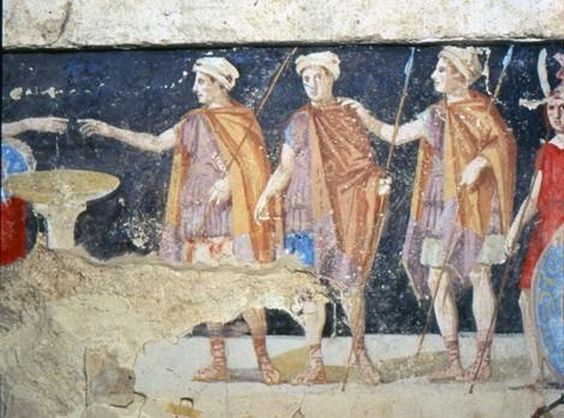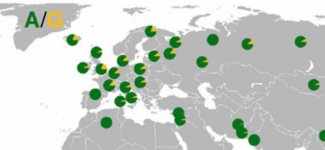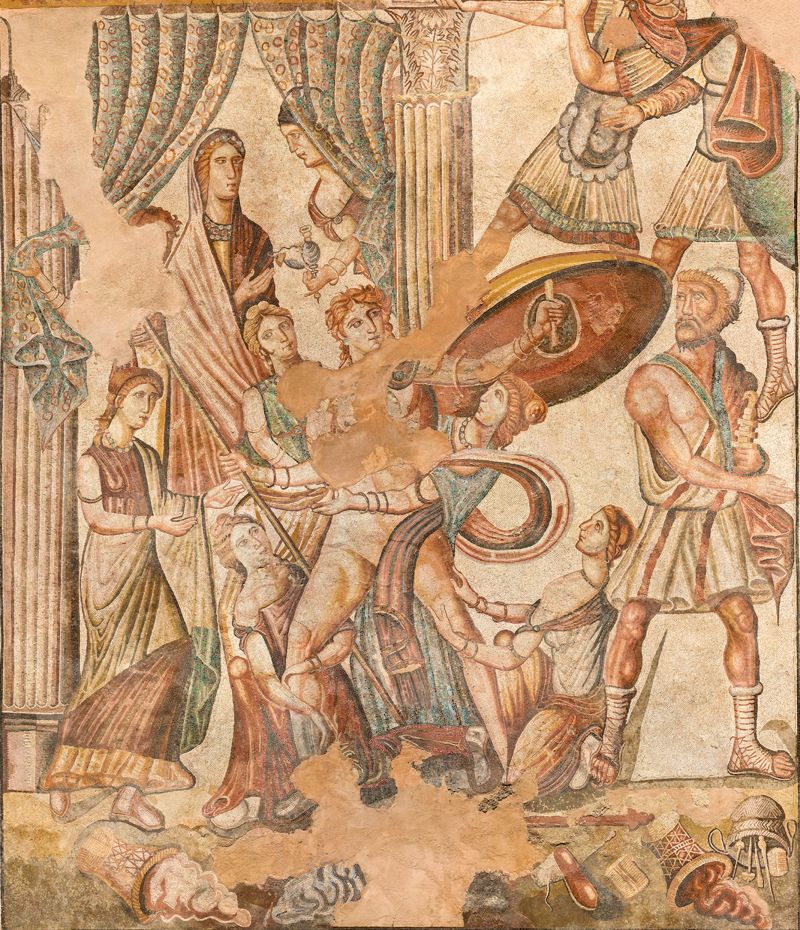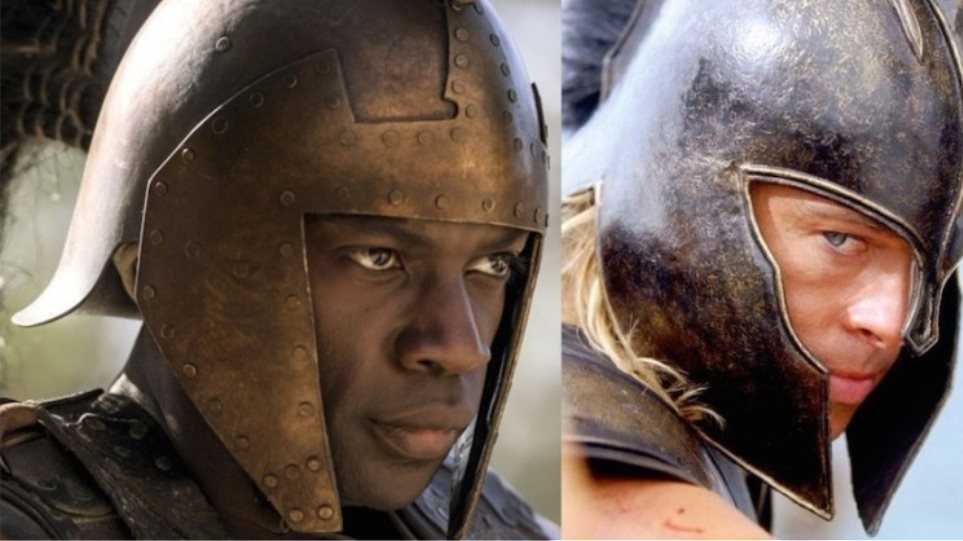enter_tain
Banned
- Messages
- 737
- Reaction score
- 113
- Points
- 0
- Y-DNA haplogroup
- J2B2-L283/Z638
Jovialis, you're conflating 40 different things there.
(1) Iron Age Spartans are Dorians who migrated from the north. These people were genetically originally closer to Illyrians. All Macedonians (archaic Dorians?) are identical to Illyrians so far.
(2) The whole point of that Greek paper was to show that Greeks had mercenaries. You had people from the Baltic, Northern Illyria and even the Caucauses. How are you using that as a representation for what Greeks were?
The people of Attic/Ionic Greece were Aegean people, very similar to Minoans and Anatolians.
(1) Iron Age Spartans are Dorians who migrated from the north. These people were genetically originally closer to Illyrians. All Macedonians (archaic Dorians?) are identical to Illyrians so far.
(2) The whole point of that Greek paper was to show that Greeks had mercenaries. You had people from the Baltic, Northern Illyria and even the Caucauses. How are you using that as a representation for what Greeks were?
The people of Attic/Ionic Greece were Aegean people, very similar to Minoans and Anatolians.













